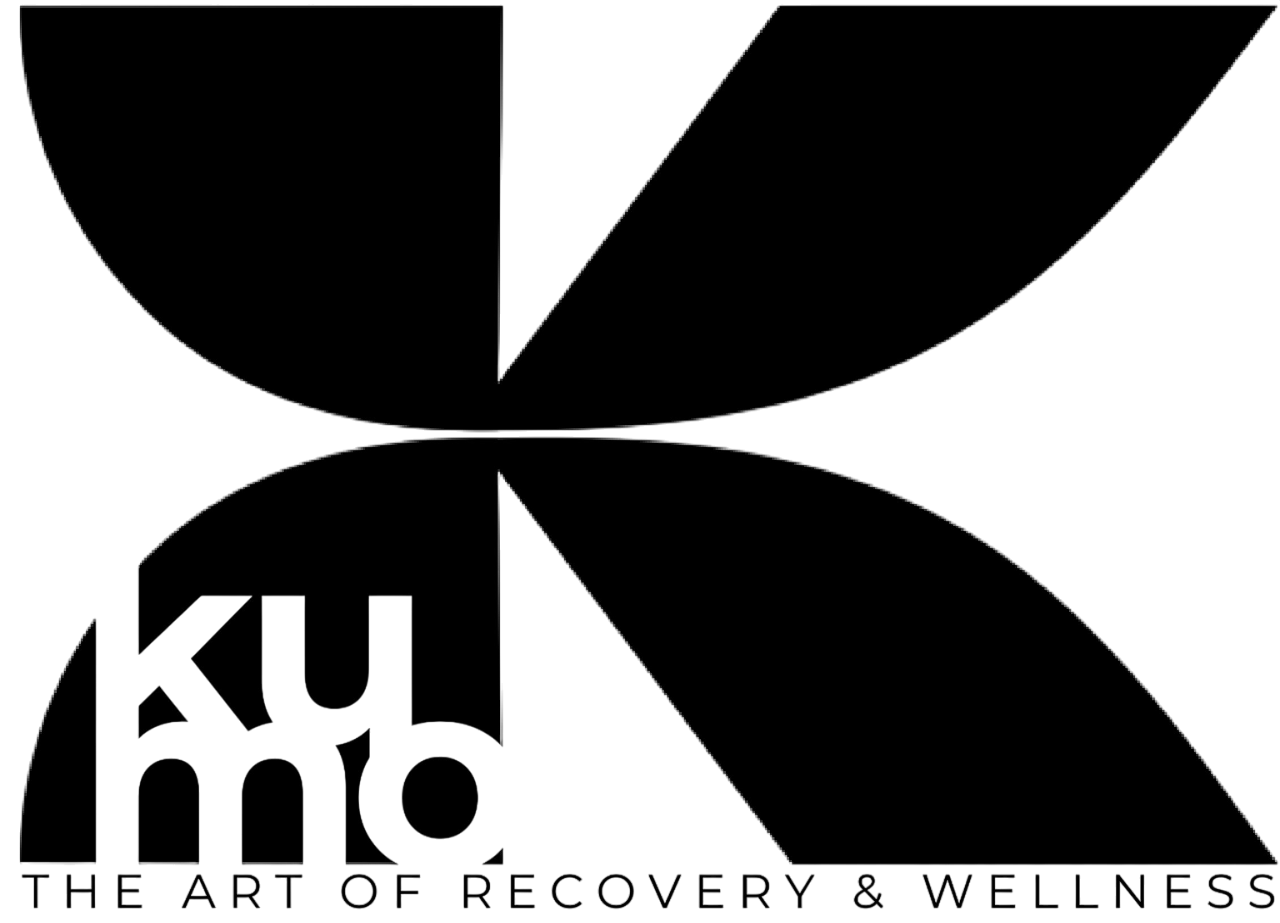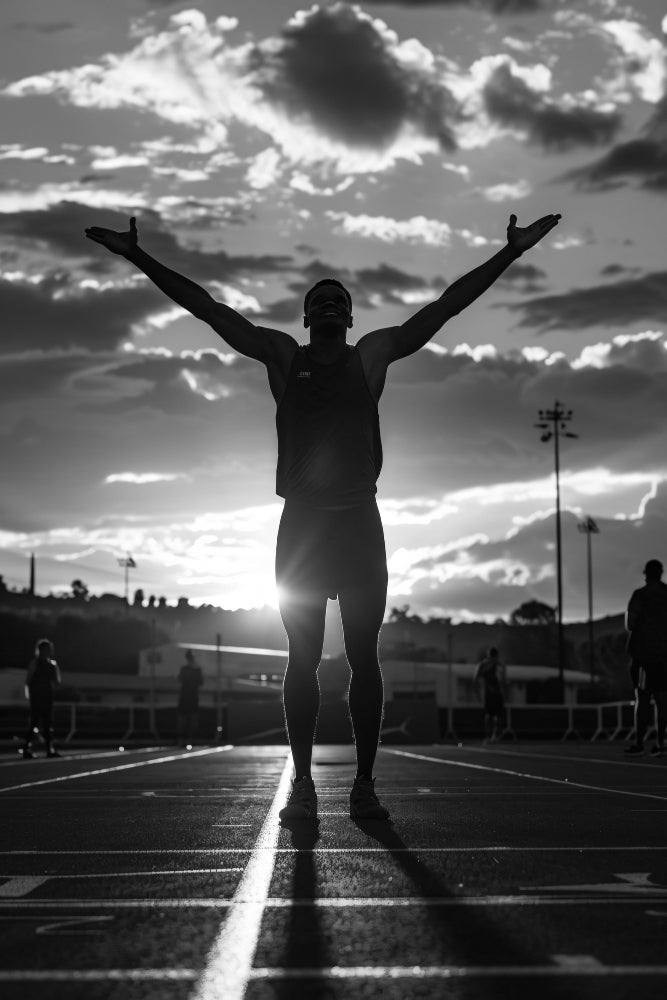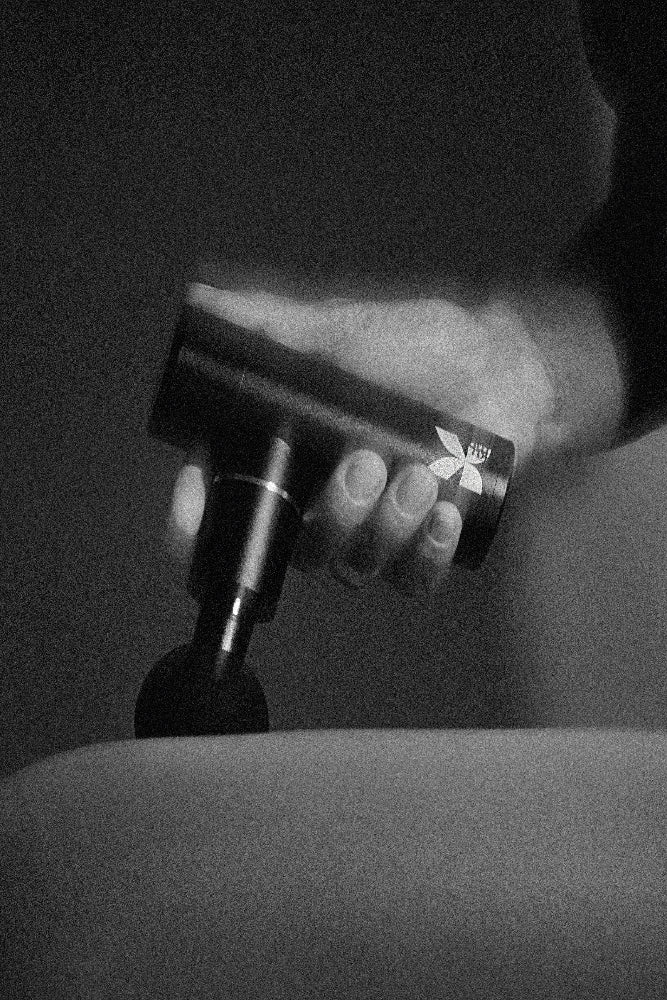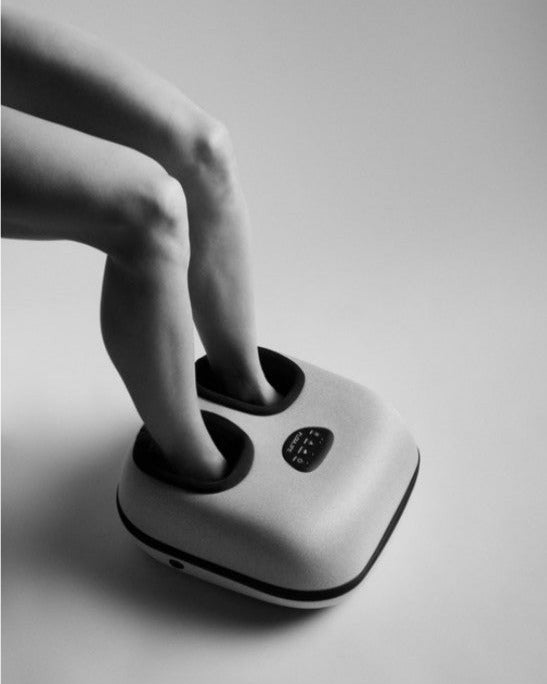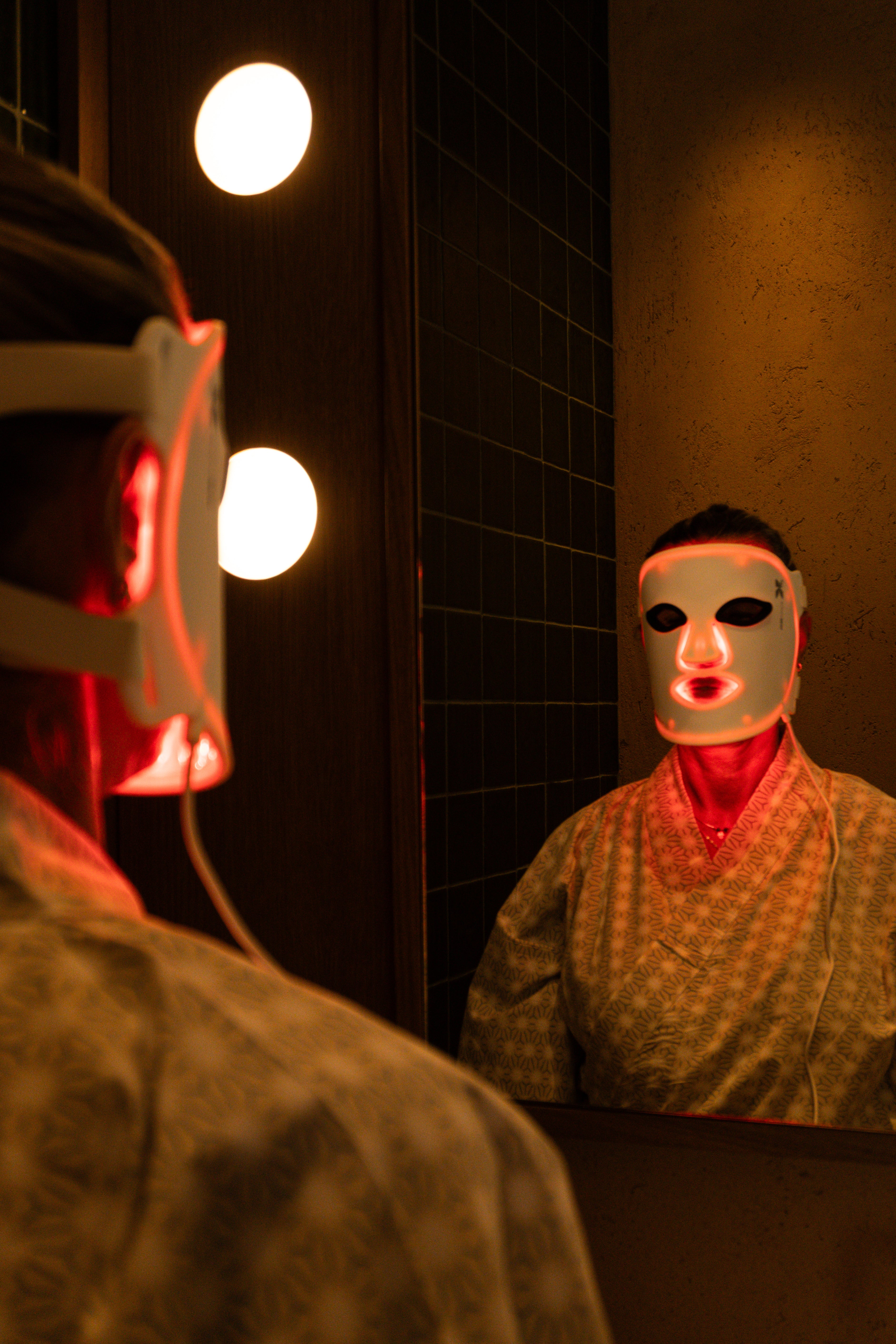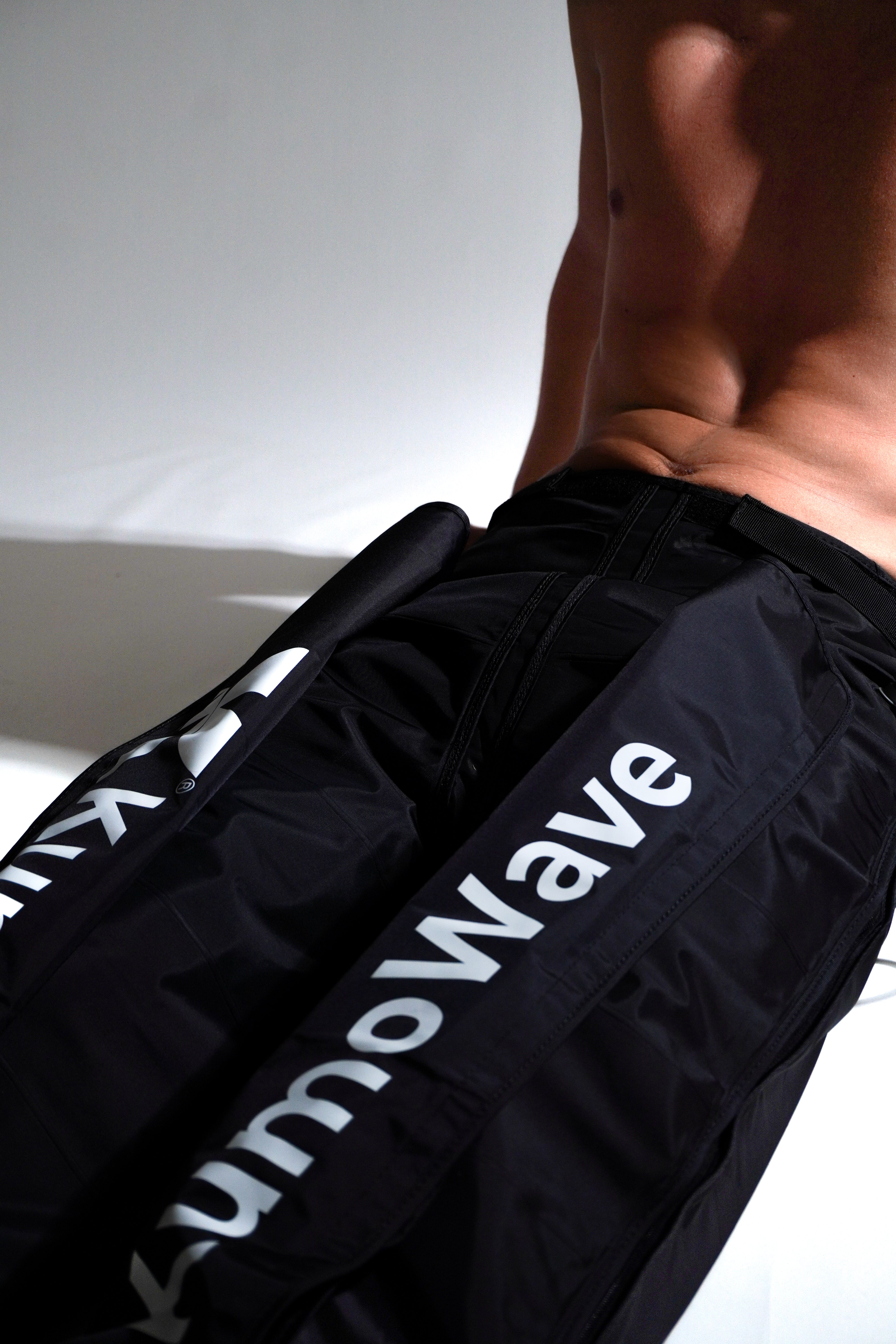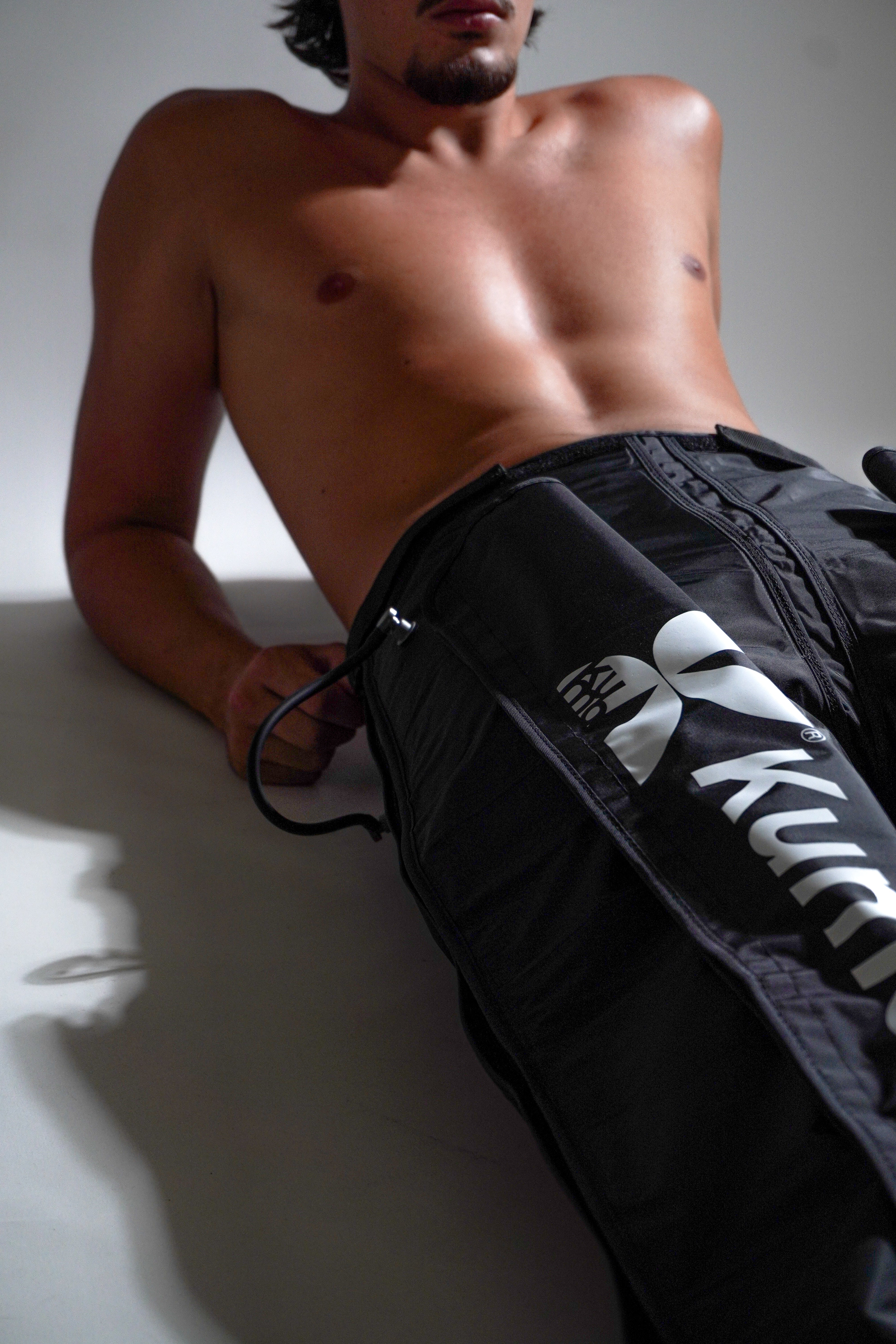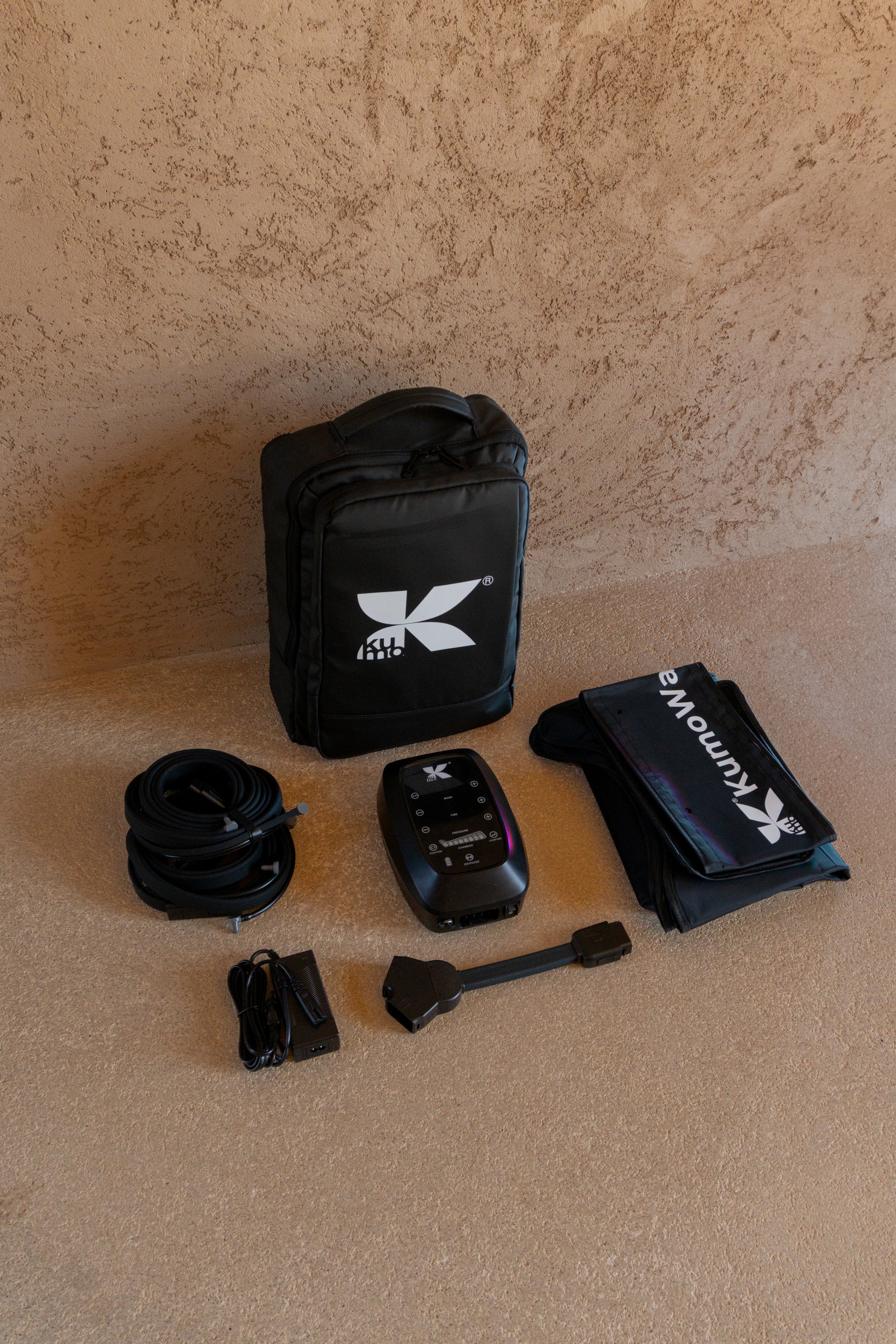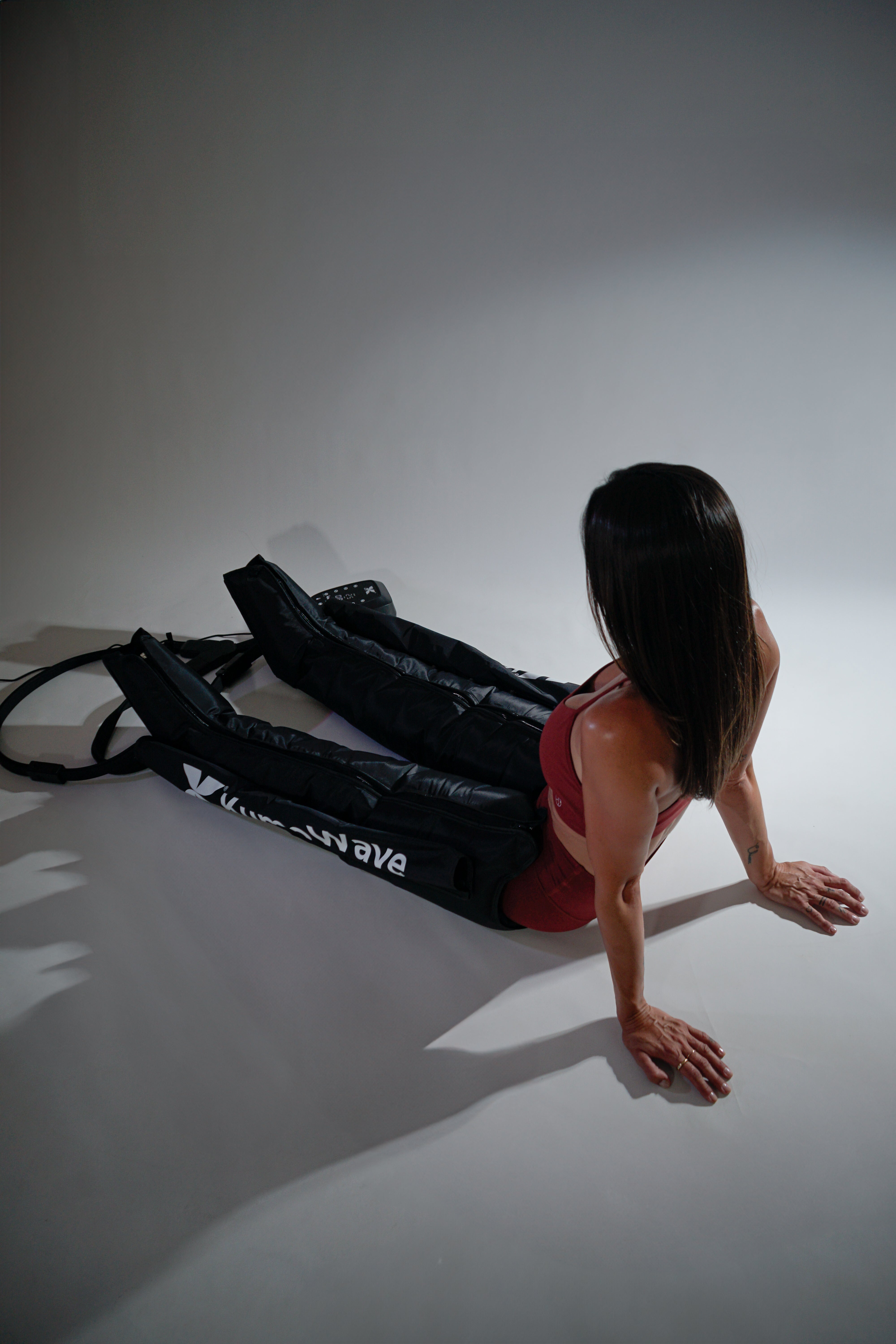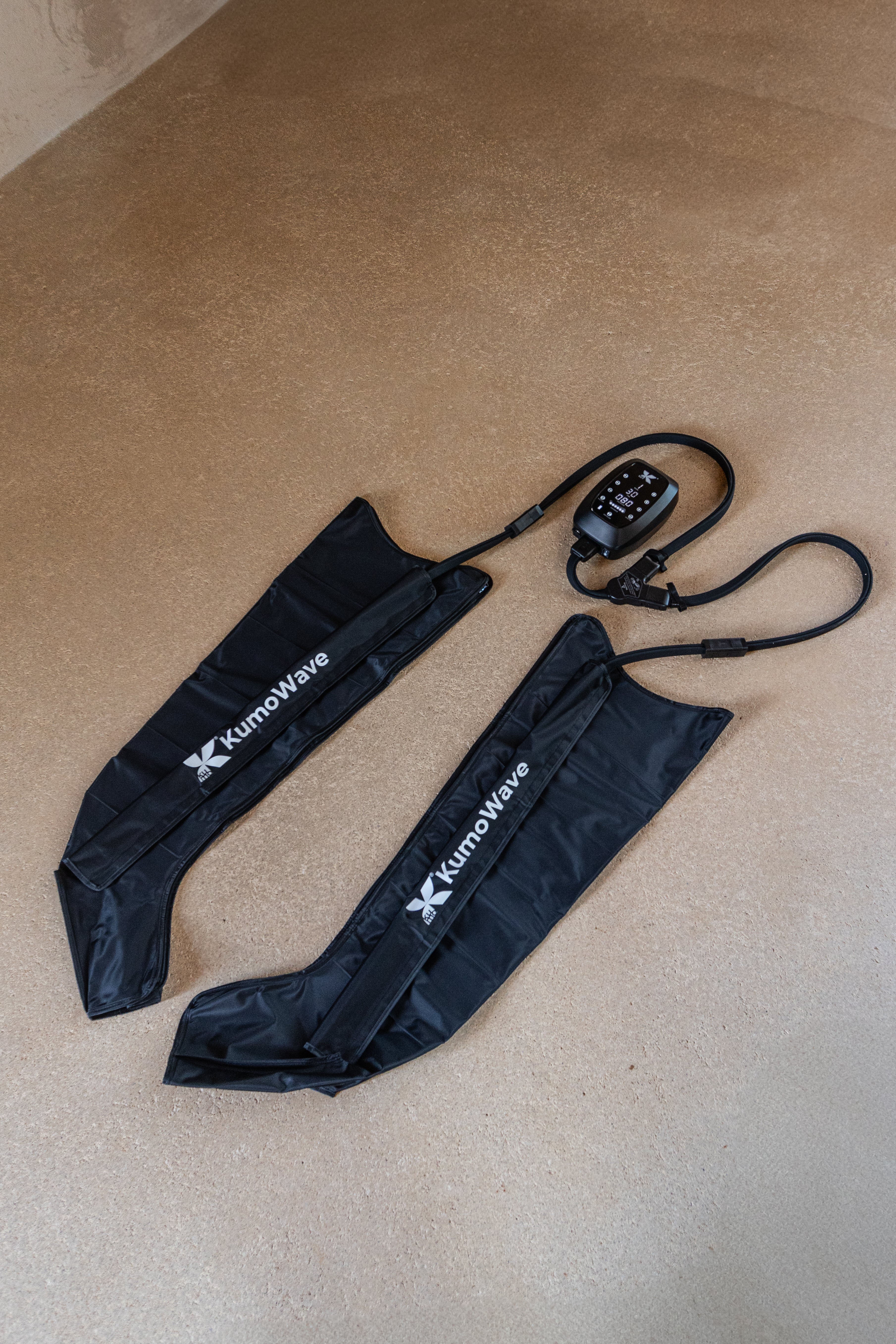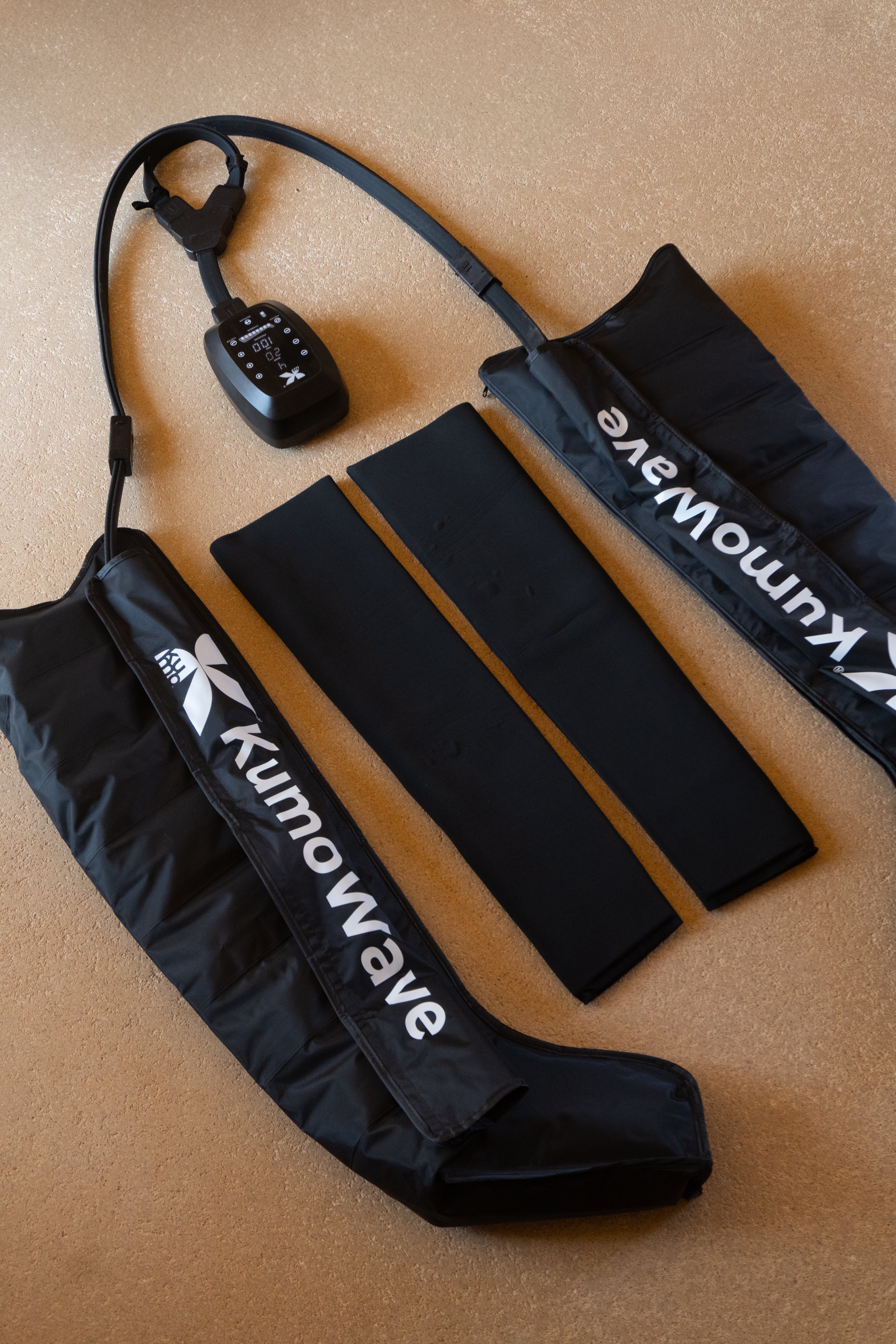Home pressotherapy for tired legs: fast, convenient, and effective. If you're looking to relieve heavy legs and improve recovery without leaving home, here's a complete guide: what it is, how to use it step by step, who it's suitable for, precautions, weekly routine, and how to choose good boots in 2025.
Coming soon
- Relieves the sensation of tired legs by activating venous and lymphatic return.
- Short, regular sessions (e.g., 15–30 min) are usually sufficient to notice lightness.
- Use it after a work day, long trips, or workouts to speed up recovery.
- Combine it with hydration, leg elevation, and light walks.
- Avoid if you have active vascular conditions or are pregnant without medical authorization.
What is home pressotherapy and how does it work?
Pressotherapy uses air chambers that inflate and deflate sequentially in boots. This intermittent pneumatic compression gently pushes fluid from the feet and calves toward the heart, promoting venous return and lymphatic drainage.
Unlike an elastic stocking, compression is dynamic and programmable. At home, modern equipment allows you to adjust pressure, time, and modes. For a scientific basis for this mechanism, review the Cleveland Clinic's clinical resource on sequential compression devices, with an emphasis on their effect on circulation and mild edema in this medical guide.
Expected benefits for tired legs
- Feeling of lightness and relief in calves and ankles after long days.
- Supports fluid drainage for mild swelling due to sedentary lifestyle or heat.
- Faster recovery after training, with less perceived muscle stiffness.
- Overall well-being when integrated into a self-care routine.
Tip: If you work sitting for long hours, alternate pressotherapy with active breaks of 3–5 minutes of walking every hour to maximize results.
Who is it suitable for and what precautions should be taken?
Home pressotherapy is suitable for healthy adults with heavy legs, professionals who spend long hours on their feet, frequent travelers, recreational athletes, and people with mild swelling at the end of the day. It does not replace medical care or treat medical conditions.
Contraindications and safety
Avoid pressure therapy and consult your doctor if you have current or recent deep vein thrombosis (DVT), decompensated heart failure, moderate-severe peripheral arterial disease, active skin infections, open wounds, severe neuropathies, or are pregnant. Clinical guidelines from vascular societies emphasize assessing thrombotic and arterial risk before mechanical compression; you can learn more about the European Society for Vascular Surgery's 2022 recommendations on chronic venous disease here and the CDC's information on DVT and warning signs here.
If you have any questions about your eligibility, please contact us through the official Kumo website or write to our Customer Service team.
How to do a home session step by step
Before you begin, read your equipment manual. Place your boots on a comfortable surface, wear thin socks if you have sensitive skin, and elevate your feet slightly.
- Preparation and adjustment
- Choose a gentle program if it's your first time and increase gradually as tolerated.
- Make sure the cameras cover from foot to thigh according to the model, without folds.
- Maintain a relaxed posture, lying down or semi-sitting.
- During the session
- Breathe deeply and regularly; avoid crossing your legs.
- If you experience tingling, pain, or numbness, stop the session and reduce the pressure at the next session.
- After the session
- Drink water, stretch your calves and soleus for 1–2 minutes, and walk a few steps.
- Observe how you feel over the next few hours to adjust your time and intensity.
Quick guide to practical parameters
| Aim | Indicative duration | Frequency | Add-ons | Precautions |
|---|---|---|---|---|
| Tired legs at the end of the day | 15–30 min | 3–5 days/week | Hydration + leg elevation | Stop if there is pain or numbness |
| Recovery after sport | 20–30 min | Post-workout or the next day | Gentle stretches | Avoid overpressure in intense DOMS |
| Long trips | 15–20 min upon arrival | As needed | Short walks | Do not use if DVT is suspected |
Note: The above ranges are typical references for home use; always follow the manufacturer's and your healthcare professional's instructions.
How to choose good boots in 2025
The offering is growing rapidly; it prioritizes quality, safety, and user experience. Kumo's pressure therapy boots balance aesthetics, technology, and performance to make recovery a simple habit.
Key features to consider
- Number of cameras and sequences: more zones allow for a more uniform massage.
- Adjustable pressure and pre-programmed profiles for different objectives.
- Durable, easy-to-clean materials with solid zippers.
- Safety: fast deflation, overpressure detection, timer.
- Service and Warranty: Local support and spare parts available.
Explore our selection of pressure therapy boots designed to boost circulation and relieve heavy legs at home.
Integration into a 360° recovery
Synergy matters. Red light can promote muscle relaxation and nighttime rest; discover Kumo LED therapy . For specific muscle tension, a massage gun helps deactivate trigger points before or after pneumatic compression; discover KumoPulse Air .
Sample weekly routine for tired legs
- Monday: 20 min of pressotherapy + 10 min of posterior chain stretching.
- Tuesday: 30-minute walk at a comfortable pace, adequate hydration.
- Wednesday: 25 min of pressotherapy + 5 min of diaphragmatic breathing.
- Thursday: Active rest: 10 min of ankle and hip mobility.
- Friday: 20–30 min of pressotherapy after work.
- Saturday: Sports recovery: 20 min of pressotherapy + 5 min of massage gun on calves.
- Sunday: Gentle walk and leg lift for 10 min.
Evidence and results: what the science says
Intermittent pneumatic compression has been used clinically for decades to support venous return and manage edema. In venous ulcers, the Cochrane review (updated 2014) found that sequential pneumatic compression can accelerate healing when added to other compression therapies, highlighting its hemodynamic and drainage effects on the lower extremities. See the review here .
For the home user without pathology, the literature suggests subjective improvements in heaviness and perceived recovery post-exercise, with favorable safety when used in healthy individuals and following precautions. The 2022 European guidelines on chronic venous disease recommend individualizing compression and assessing risk factors before routine use (ESVS document). For clinical questions, also review CDC resources on DVT and the International Lymphoedema Framework for Lymphedema Education.
FAQ
How many times a week can I use pressotherapy at home?
For healthy individuals, many routines work well with 3–5 weekly sessions of 15–30 minutes to relieve tired legs. After athletic exertion, one session the same day or the next day is usually sufficient. Observe your response: if you experience lightness and no discomfort, you can maintain the frequency; if pain or numbness occurs, reduce the intensity or time. Remember that this does not replace exercise, hydration, or active breaks. If you have a medical condition, consult a professional first.
Does pressotherapy replace compression stockings?
No. They are complementary tools with different mechanisms. Stockings offer static, continuous compression throughout the day; boots provide dynamic, programmable compression for specific sessions. If your doctor prescribed stockings for a specific condition, continue using them. Compression therapy can add comfort and support venous return, especially at the end of the day, as long as there are no contraindications and you tolerate the pressure well.
What pressure and intensity should I choose if it's my first time?
Start with gentle programs and moderate durations, prioritizing comfort. The ideal sensation is a "firm embrace" that moves from the foot to the thigh, without pain or tingling. Gradually increase the intensity in subsequent sessions if you need more stimulation. If you have sensitive skin, wear thin socks. If you experience any discomfort, stop the session and adjust the intensity down. And if you have a history of vascular disease, consult your doctor first.
Can I use pressotherapy after training?
Yes, many people use it after exercise to relieve stiffness and promote recovery. Use it 1–2 hours after training or the next day, along with hydration and a meal with protein and carbohydrates. If you have very severe delayed-onset muscle soreness, start with gentle intensities and avoid high pressures. Combining it with red light at night can promote rest and the recovery process.
Is it safe during pregnancy?
Pressure therapy should not be used during pregnancy without prior medical evaluation. Although leg heaviness is common during this period, there are vascular and pressure considerations that should be evaluated by a professional. If your obstetrician authorizes pneumatic compression, follow their instructions exactly regarding timing and intensity. Alternatively, prioritize leg elevation, brisk walking, and adequate hydration.
To go
- Pressotherapy at home relieves heavy legs and promotes well-being when used regularly.
- Start with short sessions at moderate intensities, prioritizing comfort and safety.
- Avoid use with vascular contraindications or during pregnancy without medical authorization.
- Integrate key habits: walking, stretching, hydrating, and getting plenty of rest.
- For a premium experience and expert support, visit Kumo's official website or explore our pressotherapy boots .
- Personal questions? Contact us at Customer Service so we can guide you through your recovery routine.
